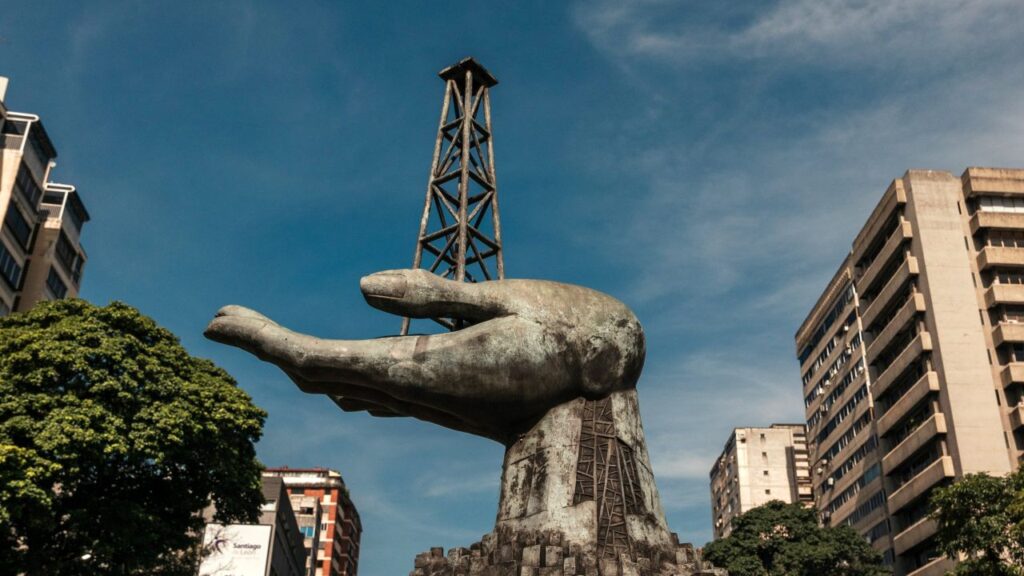Share
The juxtaposition of two California events Tuesday could not have been more ironic.
Gov. Gavin Newsom, whose paucity of public appearances this month had been puzzling — and the subject of much social media speculation — emerged in Monterey, where he delivered a very upbeat, even bragging, appraisal of the state’s economy.

Dan Walters
Opinion
Newsom ticked off data points he said prove that “the California dream is still alive and well” and the state “continues to dominate in every category.”
“The future is still invented here,” he told California Forward’s annual economic summit. “I hope we can stop beating ourselves up, he added. “We need to focus on what’s right.”
Public Sentiment Anything but Upbeat
Simultaneously, the Public Policy Institute of California was releasing a new survey of Californians’ attitudes about the state’s — and their own — economic well-being that was anything but upbeat.
One finding: “Fewer than half expect good economic times in the next 12 months. Majorities across income groups are pessimistic about the economy.”
Another: “Most Californians say the availability of well-paying jobs is a problem in their part of the state, and 22% consider it a big problem.”
“Overwhelming majorities across age, education, gender, and racial/ethnic groups view this as a problem,” PPIC said. “Notably, 26% of Californians say they have seriously considered moving from their part of the state because of the lack of well-paying jobs. Among those who have considered moving, most would leave the state rather than go somewhere else in California.”
Residents See Income Inequality Getting Wider
Overwhelmingly, survey respondents believe that the state’s yawning gap between haves and have-nots is getting wider. “Majorities across partisan groups and regions say that children growing up in California today will be worse off than their parents,” PPIC reported.
Another revelation: “Twenty-five percent of Californians and 36% of lower-income residents worry every day or almost every day about housing costs. Lower-income residents also worry more than those at higher income levels about paying their bills, the amount of debt they have, and saving enough for retirement.”
So is the surging and dominant economy that Newsom pictures the reality, or is PPIC’s poll a more accurate snapshot of a society with deep-seated and perhaps even intractable socioeconomic inequities?
In a sense, it’s both. The positive data points that Newsom ticked off so eagerly are not, unto themselves, inaccurate, but their beneficiaries primarily are those already in the state’s overclass. Its members escaped most of the negative effects of the pandemic-induced recession and have benefited greatly from steep increases in the stock market and other assets, such as real estate.
Underclass Bearing Brunt of Economic Impacts
In contrast, those who were in the underclass when COVID-19 stuck bore the brunt of its economic impacts as more than 2 million jobs disappeared, and the socioeconomic gap has become wider as a result. The PPIC poll reflected not only the negative recent experiences of those on the lower rungs of the economic ladder, but an appreciation of their plight by most of those on the upper rungs.
Moreover, Newsom cherrypicked the data to bolster his claim of economic dominance. He omitted, for example, the fact that California’s unemployment rate of 7.5% is the nation’s highest, or that California’s poverty rate of 17.2% as calculated by the Census Bureau to include the cost of living is also the nation’s worst.
That high poverty rate reflects what the PPIC survey found, that high numbers of California worry constantly about the high cost of keeping roofs over their heads, paying their bills and debts.
One could legitimately say, therefore, that when comes to economic distress being felt by millions of its residents, California is also dominant.
About the Author
Dan Walters has been a journalist for nearly 60 years, spending all but a few of them working for California newspapers. He now writes for CalMatters, a public interest journalism venture committed to explaining how California’s state Capitol works and why it matters. For more columns by Dan Walters, go to calmatters.org/commentary.
[activecampaign form=19]


















